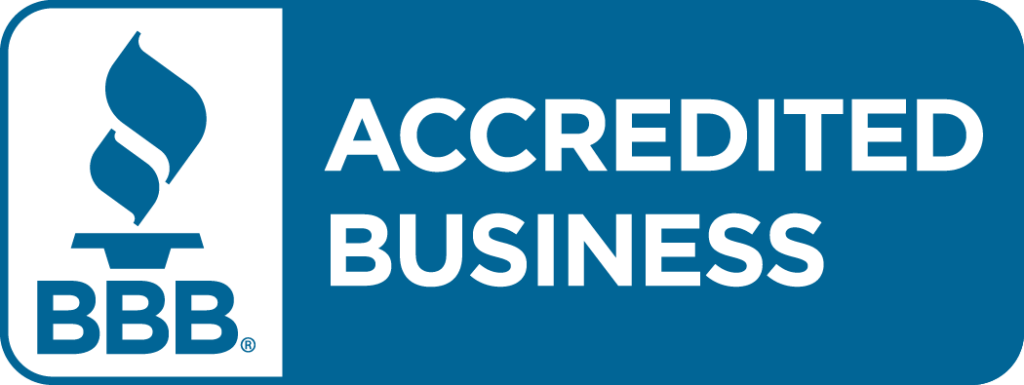There are many options available to fleets and their recruiting partners when it comes to how they approach their recruiting efforts. There are many viable options and approaches available. With so many possibilities out there, how can you get the most for your money?
Some have become fixated on numbers such as cost per lead and cost per hire figures. When seeing higher CPL and CPH in one area and much lower numbers in another it can be easy to totally abandon the higher cost channel in favor of the lower cost. Sometimes that decision may in fact be the best decision, however, sometimes numbers aren’t exactly what they seem.
For instance, in the results of a student driver survey the average age was 39. When digging deeper and looking at actual ages though, not a single driver was actually 39 years old. Doesn’t that seem odd? What does this weird numerical anomaly have to do with how you approach recruiting?
It helps illustrate on simple fact. Your numbers can lie to you . . . or at the very least be misleading and not paint the whole picture.
[hr style=”3″ margin=”40px 0px 40px 0px”]
More leads may not be the answer you need.
It seems that many fleets and recruiters have become overly focused on trying to secure a high volume of leads. It only makes sense, in that one would think the more leads you have, the better chance you have to net drivers. Right? Throw in a low CPL with this high volume and what’s not to like?
On the surface that makes complete sense, but much like the age anomaly previously mentioned, sometimes numbers can be misleading. Everyone wants as many leads as they can get, but is that really the best avenue to pursue?
At a certain point recruiters may become overwhelmed by so many potential contacts and quality drivers may get lost in the mix. To achieve greater success fleets and recruiters have to be willing to dig deeper and look beyond the surface numbers.
[hr style=”3″ margin=”40px 0px 40px 0px”]
Learning to look beyond CPL.
The following is an example of a recent recruiting campaign and illustrates the importance of looking beyond CPL.
Featured Campaign Mix

Analyzing the data and looking over the hires by platform from the campaign, Facebook delivered the most hires for the previous month with 15 hires. It also had the second lowest CPL at $18.75. Based on those two numbers alone, it would be logical to increase the budgetary spending for Facebook ads and expect the campaign to be a great success.
The problem was that when looking beyond those surface numbers and examining the “approved application” status in the client’s applicant tracking system a discrepancy becomes clear. While Facebook did have the most hires . . . it also had the highest cost per approved application at $1,100.
Looking at the existing campaign mix, it was found that different platforms were delivering approved applications at a lower cost of only $650. This prompted a reduction of spend on Facebook and shifting that spend to the platforms that generated approved applications for nearly half the price.
On the surface it seemed like Facebook was the best choice to invest more money and effort into, however, those numbers were deceiving. Though it did provide the lowest CPL, in the end it was actually costing more money to get drivers on the road. This same principle can be applied to CPH.
[hr style=”3″ margin=”40px 0px 40px 0px”]
Quality vs. quantity of drivers hired.
Another area of great importance to fleets is CPH. Again it makes total sense as to why many fleets would tend to focus so much attention on these numbers. Every new hire is a cost incurred by the hiring fleet.
Just as with the previous examples of age and CPL, analyzing CPH is not always as simple as it seems. A factor of major importance that seemingly gets forgotten when comparing these numbers is quality.
Are you getting the quality drivers you need, or just someone to fill a seat? What difference does it make if you’re able to hire 10 drivers at a lower cost through one channel than 7 through another if the majority of the lower CPH drivers aren’t the kind of driver you need or if they end up leaving your fleet in short order?
You’d secure more drivers at a lower cost in the short term, but are they the best drivers possible for your fleet? With constant turnover you may actually end up spending even more in the long run. The old saying “you get what you pay for” seemingly rings true in every facet of business and commerce . . . including truck driver recruiting.
[hr style=”3″ margin=”40px 0px 40px 0px”]
Data can lead to more effective recruiting.
The collection and use of data makes any recruiting campaign much more successful. Identifying the most effective platforms and looking beyond CPL enable you to allocate funding more accurately within the campaign.
It is tempting to focus on CPL and CPH and they are important and can be fantastic indicators of what’s working and what’s not. But it is important not to get hung up on these numbers alone.
There are many facets to recruiting just as there are many facets to the trucking industry as a whole. Looking beyond the surface numbers and digging deeper can reveal vital information and help steer your efforts.
Utilizing actionable data from a source such as RigDig, prioritizing high quality drivers over sheer quantity, and being willing to make the effort and go beyond CPL and CPH can be driving forces to future success. It may seem counter-intuitive or even scary at first, but your numbers could be lying to you.




